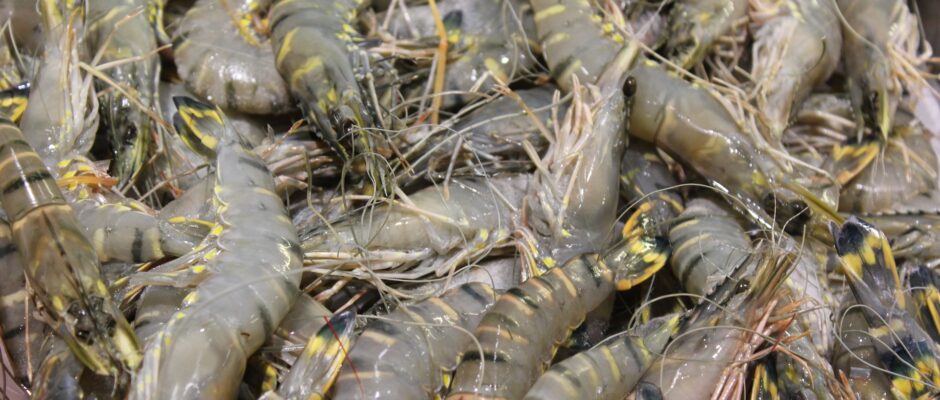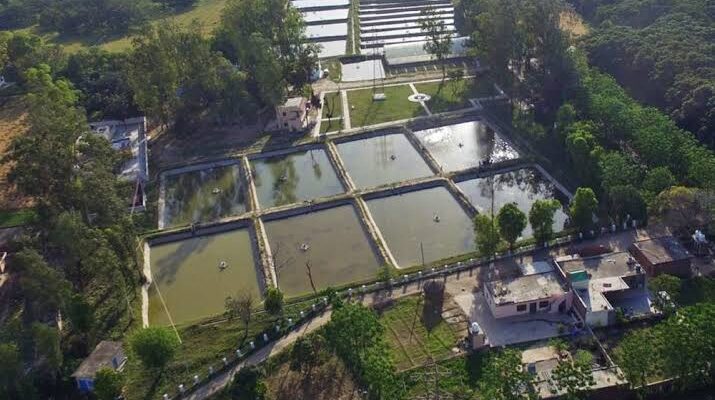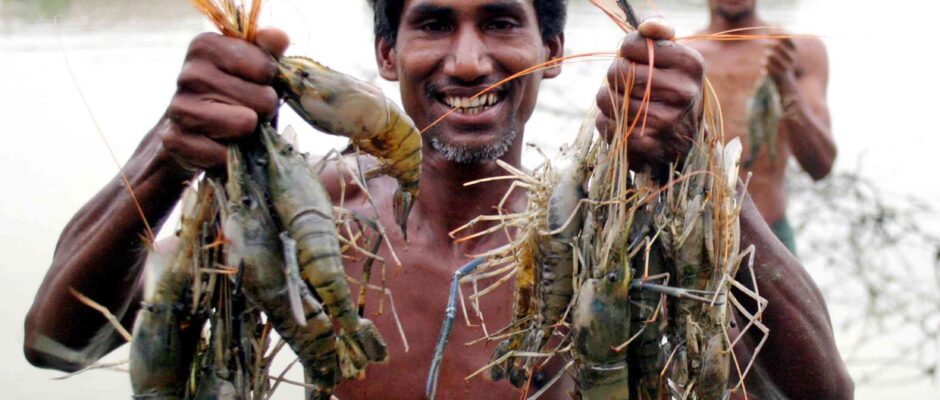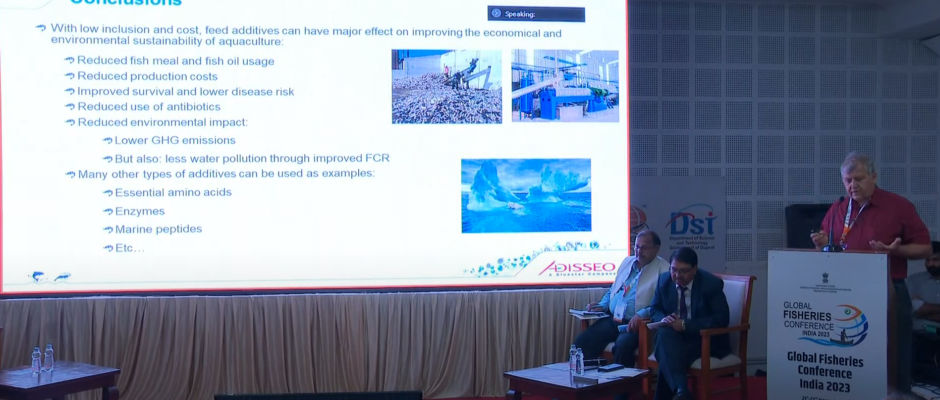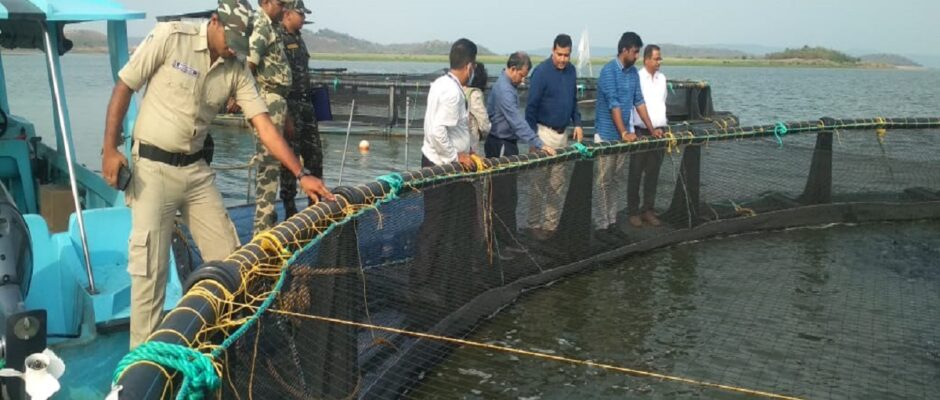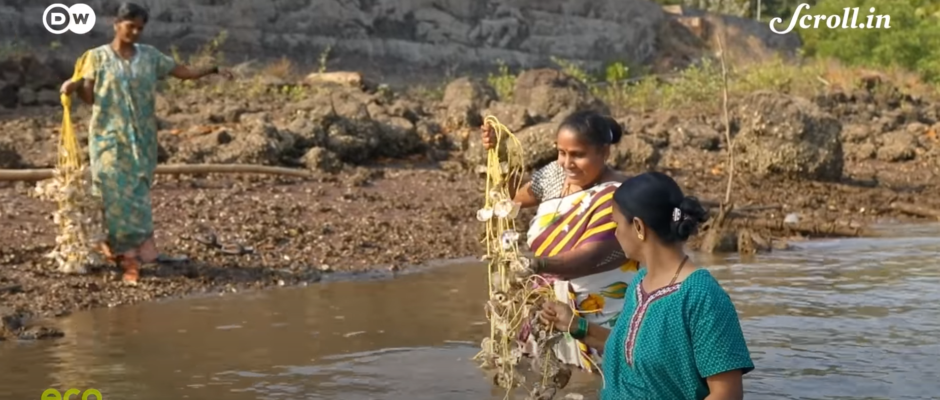India’s Shrimp Industry Navigates Turbulent Waters Amidst Production Woes and Price Challenges
India’s shrimp industry, once a thriving sector contributing significantly to the country’s seafood exports, is currently grappling with a multitude of challenges that threaten its sustainability. The high costs of production, coupled with depressed shrimp prices, have left many shrimp farmers struggling to stay afloat. The escalating costs of feed, power, labor, probiotics, and chemicals have significantly impacted shrimp farming operations, squeezing profit margins and putting immense pressure on producers. These rising costs, coupled with the ongoing energy crisis, have forced many farmers to reduce or even cease their shrimp cultivation activities. Further exacerbating the situation is the prolonged slump in shrimp prices, which have been declining for the past 12 months. This price downturn, attributed to various factors such as increased supply, reduced demand, and economic uncertainties, has left farmers with meager returns, making it difficult to cover their production costs. In response to these challenges, many Indian shrimp producers are adopting alternative strategies to survive. Some are fallowing their farms temporarily, hoping for a rebound in prices and a more favorable cost structure. Others are diversifying their aquaculture operations, shifting their focus to freshwater shrimp and fish species that offer better profit potential. The Indian shrimp industry’s current predicament highlights the need for a multi-pronged approach to ensure its long-term viability. Addressing the issue of high production costs is crucial, potentially through measures such as optimizing feed formulations, reducing energy consumption, and exploring alternative sources of feed ingredients. Additionally, strengthening market linkages and enhancing market access for Indian shrimp products can help alleviate price pressures and ensure fair returns for farmers. This could involve exploring new export markets, expanding domestic consumption, and promoting value-added shrimp products. The future of India’s shrimp industry hinges on its ability to adapt to changing market dynamics, address production cost concerns, and seize emerging opportunities. By implementing effective strategies and fostering collaboration among stakeholders, the industry can navigate these turbulent waters and emerge stronger, contributing to the country’s economic growth and food security.

